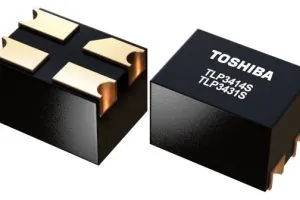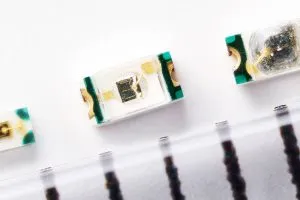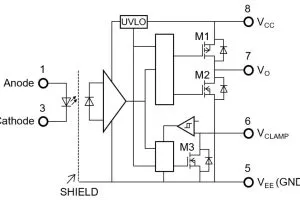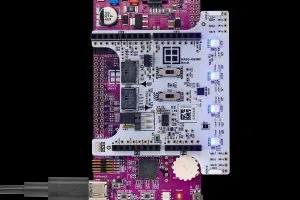The New Jersey-based company used Barix encapsulation technology from Vitex Systems, and is showcasing the prototype at the Society for Information Display Conference in Seattle this week.
The 150x150mm icon-format OLED prototype was built on a 4mm metallic substrate prepared by the Palo Alto Research Center, a Xerox subsidiary. According to Universal Display, the novel use of metallic substrates for OLEDs is a complementary alternative to glass and plastics.
“Flexible metallic substrates offer excellent barrier properties, thermal and dimensional stability over a broad temperature range, cost-effectiveness and potential near-term integration with backplane technology for active-matrix displays for applications such as rollable, retractable and rugged displays,” the company said.
Vitex’s Barix technology offers thin-film barrier encapsulation, comprised of alternating layers of polymer and ceramic film applied in a vacuum. The Barix coating is about 3µm thick. By using Barix, Universal Display eliminates bulky packaging components and gains the moisture and oxygen protection that OLED displays require.
“Flexible OLEDs on metallic substrates provide important performance features, in particular where extreme thermal and mechanical factors are key,” said Steven Abramson, president and COO of Universal Display.
 Electronics Weekly
Electronics Weekly



